11 Proven Ways to Effectively Treat Blepharitis
Blepharitis is a condition characterized by inflammation of the eyelids, typically affecting the area where the eyelashes grow. It commonly impacts both eyelids and is often caused by the clogging of small oil glands near the base of the eyelashes. While blepharitis is not contagious and rarely causes permanent eyesight damage, it can lead to significant discomfort and affect one’s appearance. Symptoms include watery or red eyes, stinging sensations, itchy eyelids, crusted eyelashes, sticky eyelids, and abnormal eyelash growth. Additional signs include increased blinking and heightened sensitivity to light. Managing blepharitis can be challenging, as it often becomes a chronic condition. However, numerous treatment options exist, ranging from prescription eye drops and ointments to anti-inflammatory medications for symptom relief. To help those navigating this condition, we've expanded our list to 11 proven methods for treating blepharitis effectively. These strategies provide a comprehensive approach to managing symptoms and promoting long-term comfort.
1. Antibiotics
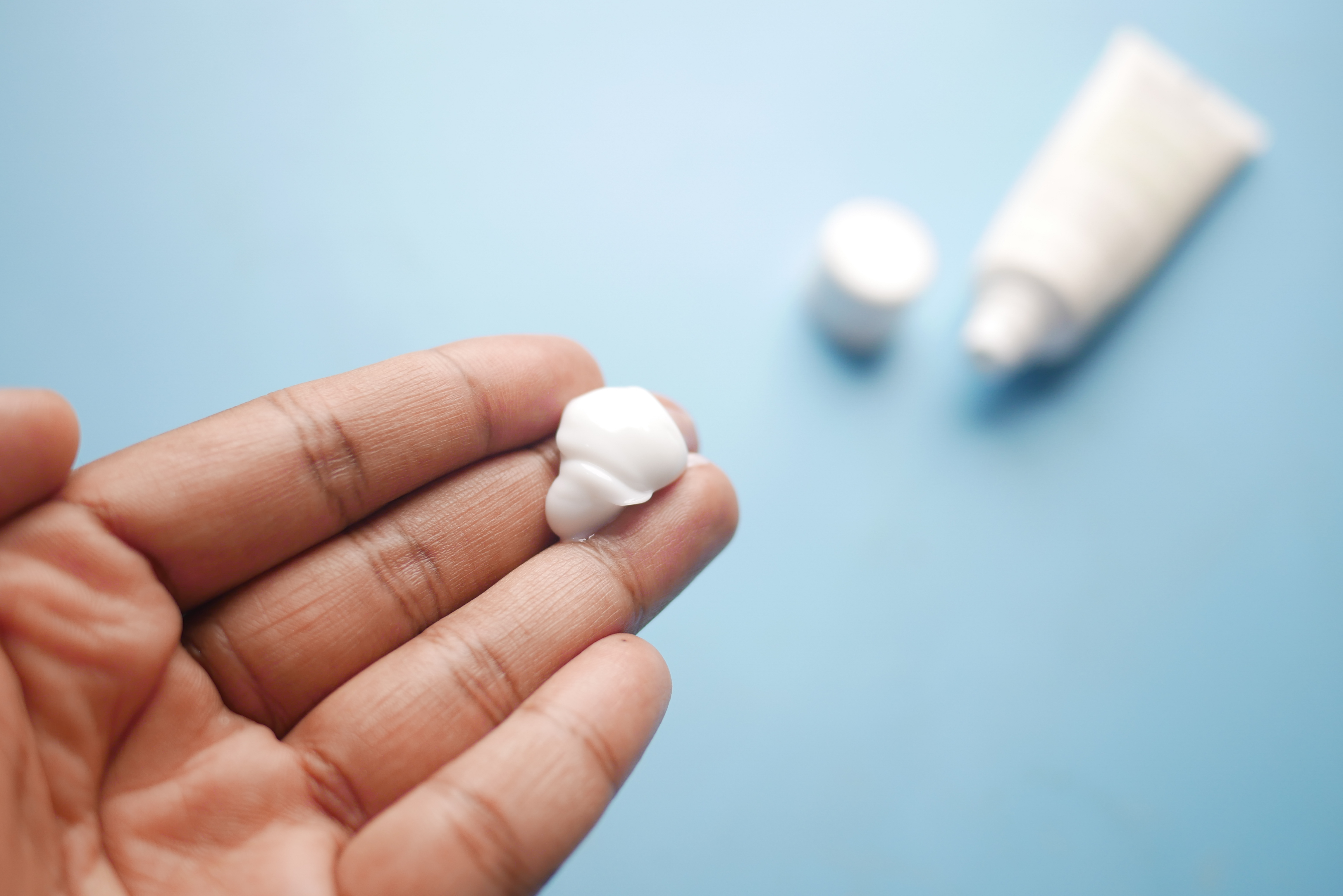
Antibiotics help fight bacterial infections in the body. In the case of blepharitis, doctors may prescribe topical antibiotics that can be applied directly to the eyelids rather than oral antibiotics. When topical antibiotics are applied to the eyelid, studies have shown patients experience significant relief from their symptoms. Antibiotics applied to the eyelid tend to come in ointment and cream form. They should be approved for treating eye infections, as individuals do not want to use any medication that could irritate their eyes or damage their vision. Some antibiotics are also available in eye drop form, which can be helpful if the eyes themselves are also irritated. Doctors tend to prescribe topical antibiotics first, but if the infection does not get any better, they may prescribe a course of oral antibiotics. Patients will not need to take these for a long time, but they must make sure to take every dose.
2. Corticosteroids
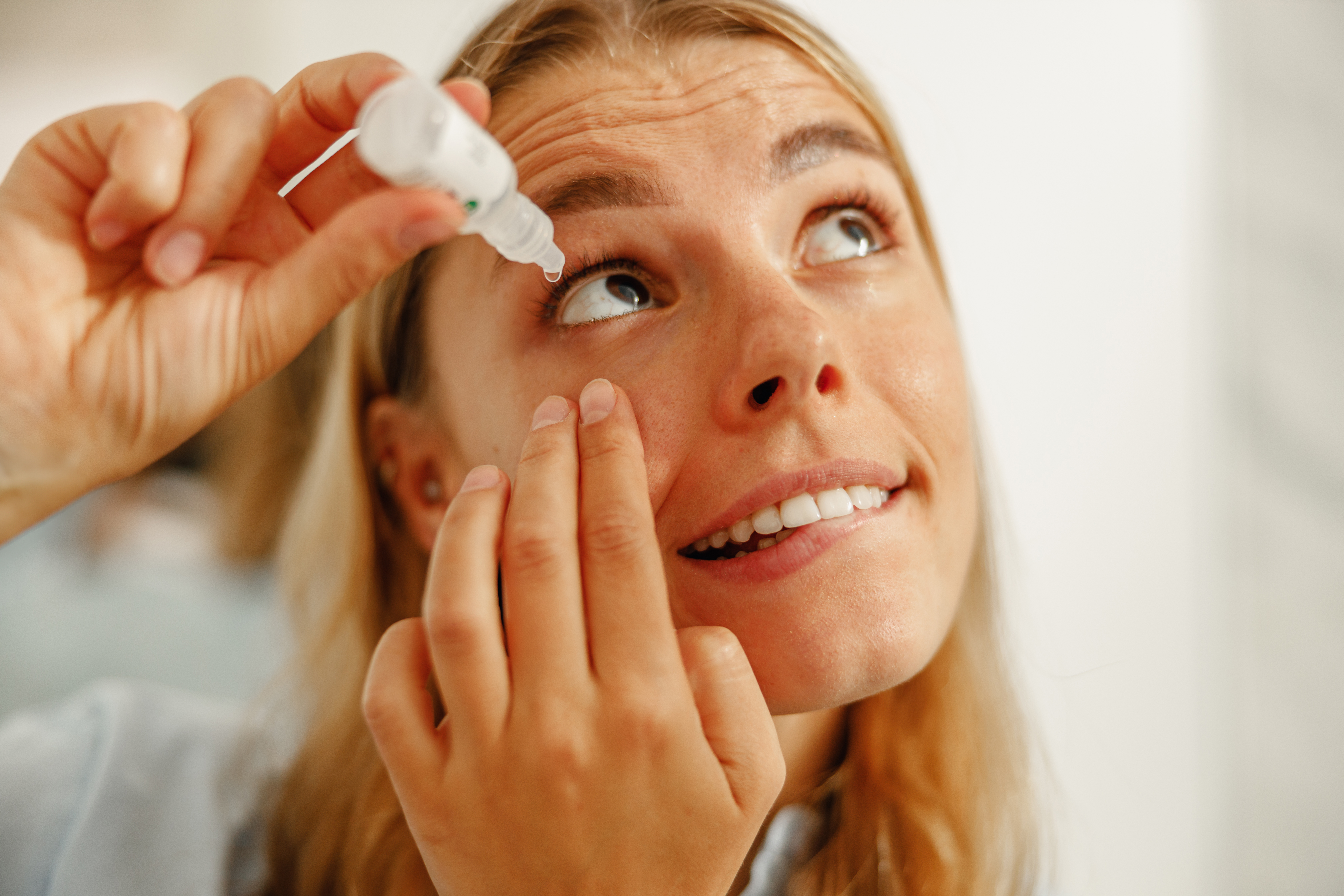
Blepharitis occurs when there is eyelid inflammation. Thankfully, doctors can prescribe corticosteroids to help treat inflammation at the source. There are steroid eye drops and ointments available to help with blepharitis. Ointments are meant to be applied to the eyelid, while eye drops are dropped into the eye. Depending on the level of inflammation, patients may be prescribed antibiotics and anti-inflammatory medications simultaneously. The antibiotics will help clear up any bacterial infection. The anti-inflammatory medications will ease the redness, pain, discomfort, and swelling. Corticosteroids are medications that artificially resemble cortisol, a major hormone released by the adrenal glands. They help suppress immune system function, which leads to a lessening of inflammation in the body. In the same vein, a doctor may prescribe a topical medication that suppresses the immune system even more firmly. Corticosteroids are available as oral medications in addition to topical. However, they are rarely prescribed orally for blepharitis.
3. Lubricating Eye Drops
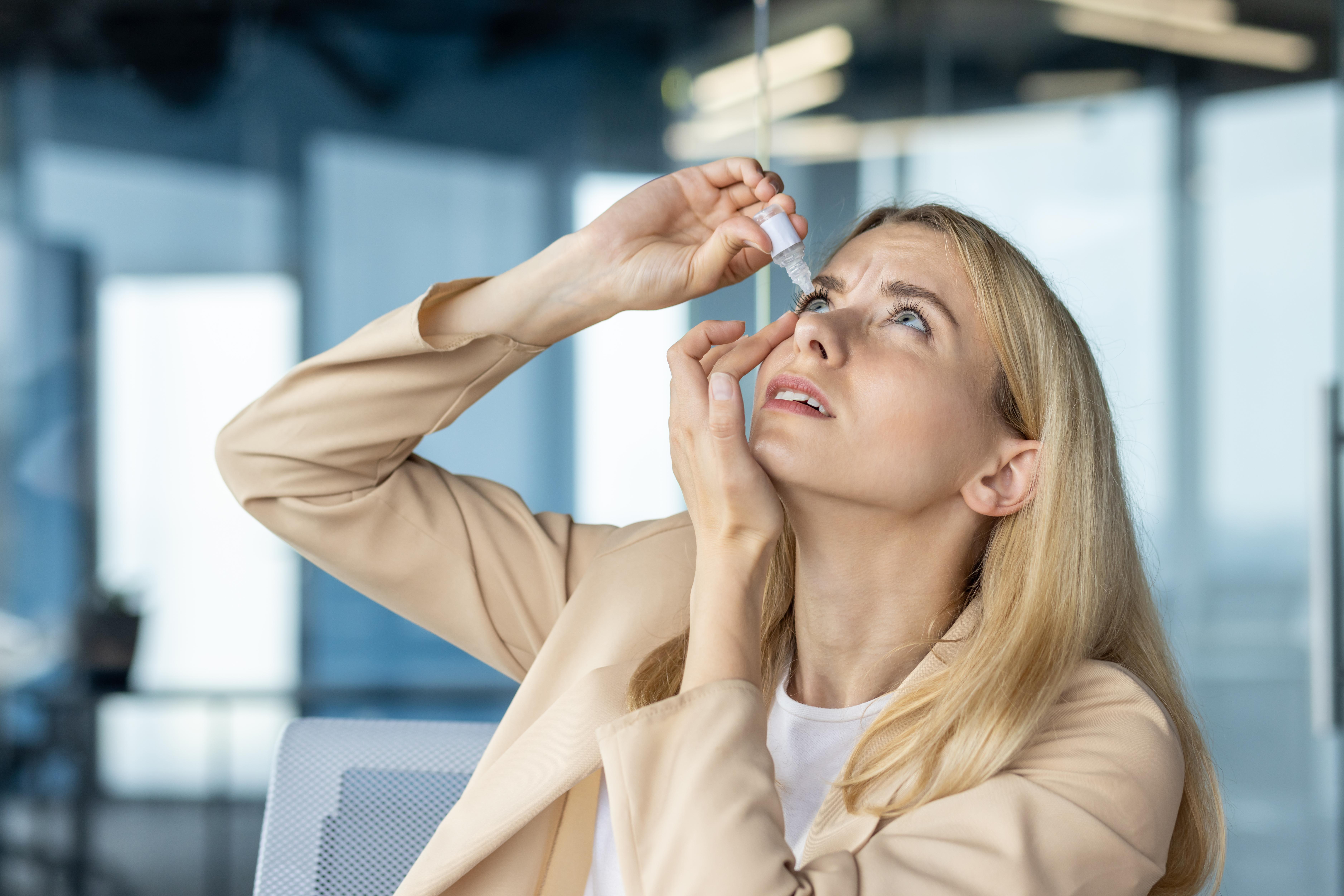
Lubricating eye drops can be used to treat some of the symptoms of blepharitis. The eyelid inflammation can cause the eyes to feel itchy, burning, or uncomfortable. Patients may have decreased tear production or feel as though the tears they do produce are not enough to ease their discomfort. Blepharitis can cause dry eyes even if nothing is wrong with the tear ducts. Lubricating eye drops, also referred to as artificial tears, can help with dry eyes and lubrication. Though they will not treat inflammation or an infection, they will help with discomfort. The majority of formulas are designed to provide moisture temporarily. They have the same general substances natural tears have. When individuals supplement their natural tears with lubricating eye drops, their tear film can protect their eyes more effectively. If individuals are blinking more often than usual, it may be a sign their eyes are dry. If the dryness is severe, patients may need a gel or ointment rather than just drops.
4. Warm Compresses
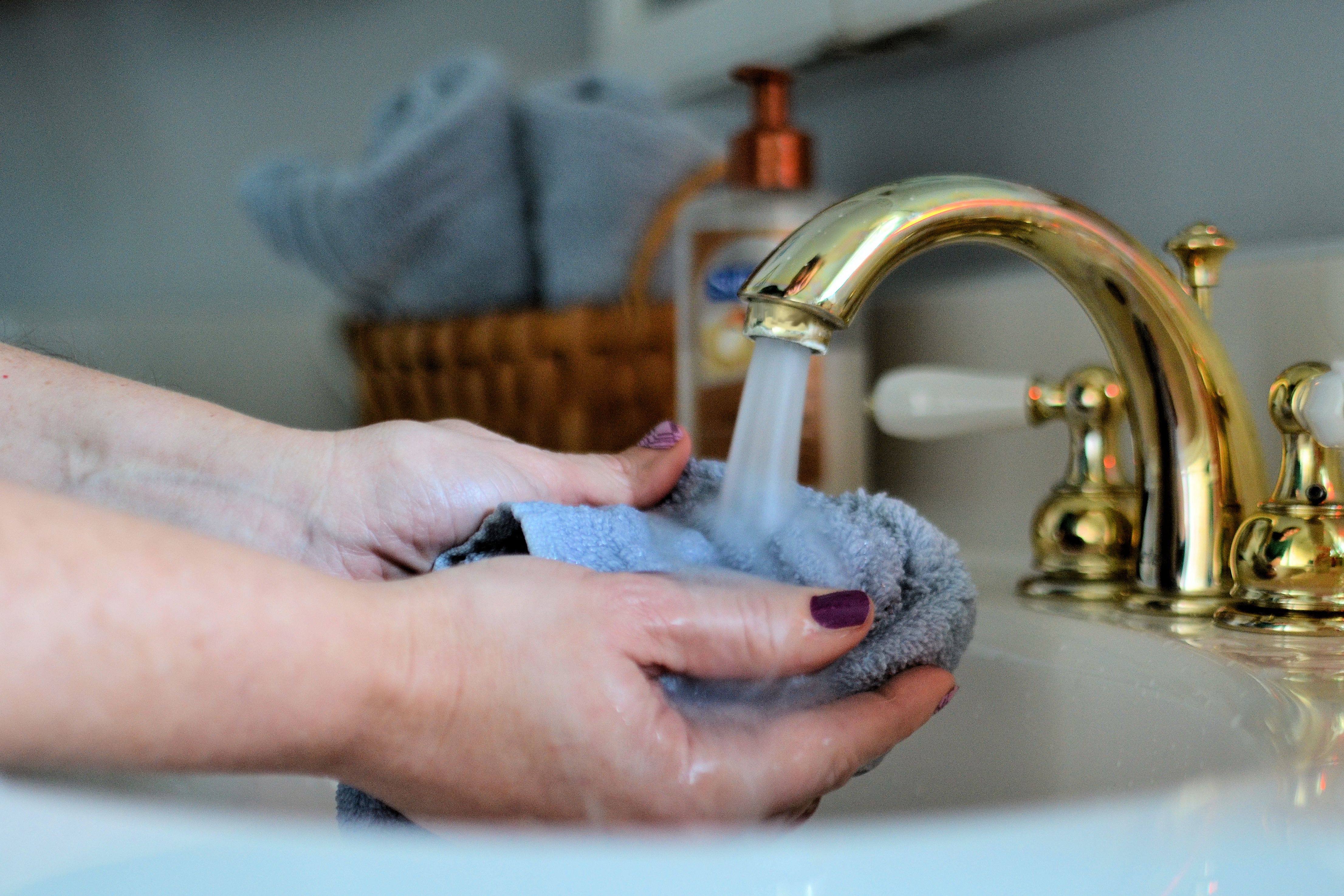
Individuals can take several self-care measures at home to keep their eyes as healthy and comfortable as possible. One of the main self-care methods is to clean the eyes with warm compresses daily. When individuals are experiencing flare-ups of blepharitis, they should repeat the cleansing between two and four times a day. When the condition is not too bothersome, patients can do it once or twice a day. It may help if individuals make it part of their morning and evening routine alongside washing their face and brushing their teeth. The first step is to spend several minutes with a warm compress over the eyes, which loosens crusty deposits. After that, patients can use a warm washcloth and diluted baby shampoo to wash their eyelids. They should rinse their eyes with more warm water and pat them dry with a clean towel.
5. Underlying Condition Treatment
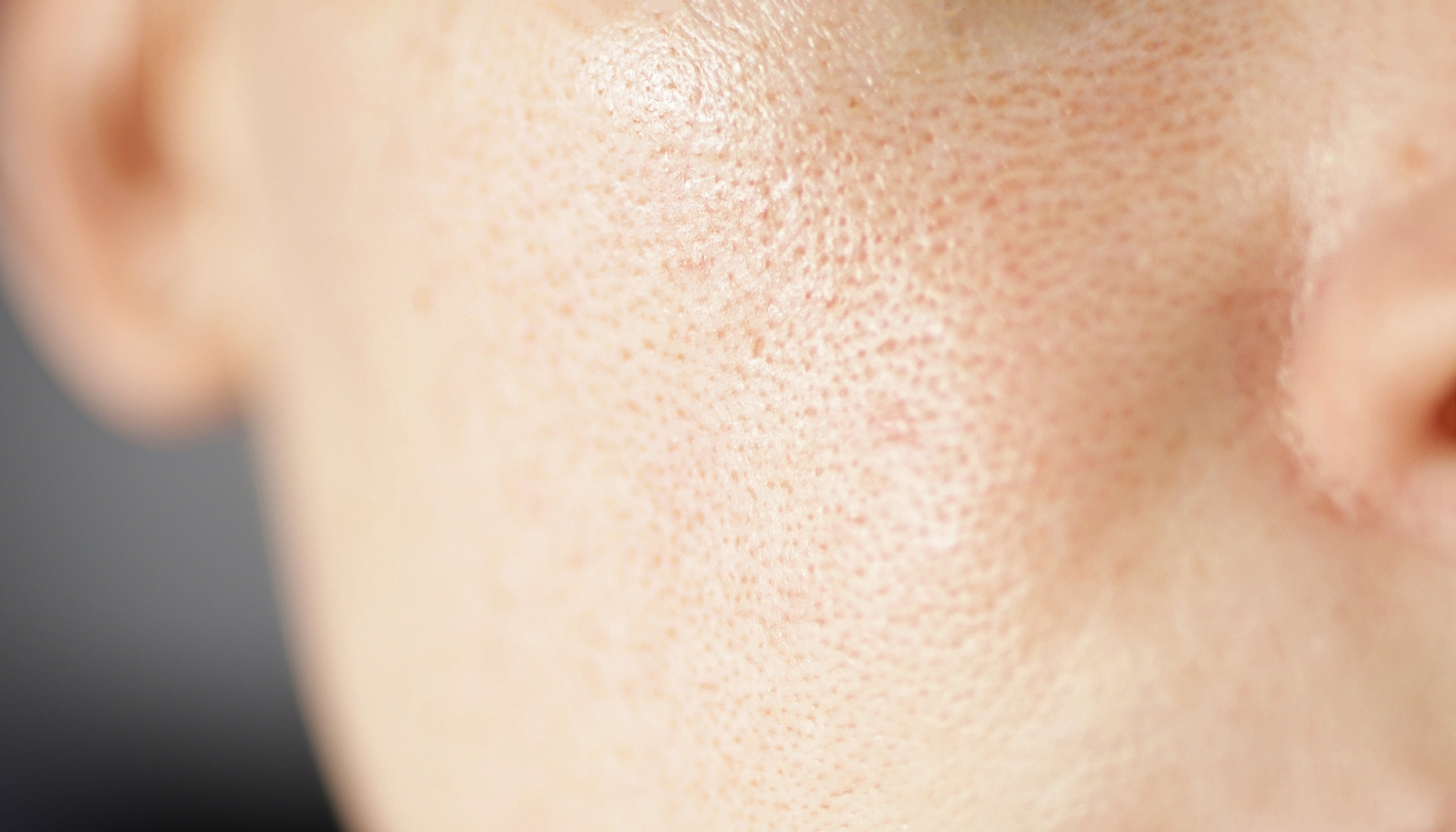
Blepharitis is not always caused by another underlying condition. However, in cases where it is, patients can improve their symptoms by treating the underlying cause. Some diseases can make already-existing blepharitis worse and contribute to flare-ups. Rosacea and seborrheic dermatitis are two of the most common conditions that can lead to blepharitis. Rosacea causes the blood vessels in the face to become visible. It can also cause red patches, and some patients experience small bumps filled with pus. If individuals have rosacea and blepharitis, they may notice both conditions flare up at the same time. Treating rosacea will help with eyelid inflammation as well. Seborrheic dermatitis most commonly affects the scalp, but it can also cause scaly patches on other parts of the body, including on the eyelids. These patches can cause inflammation that leads to blepharitis. Once again, treating this condition can also alleviate blepharitis.
6. Eyelid Hygiene
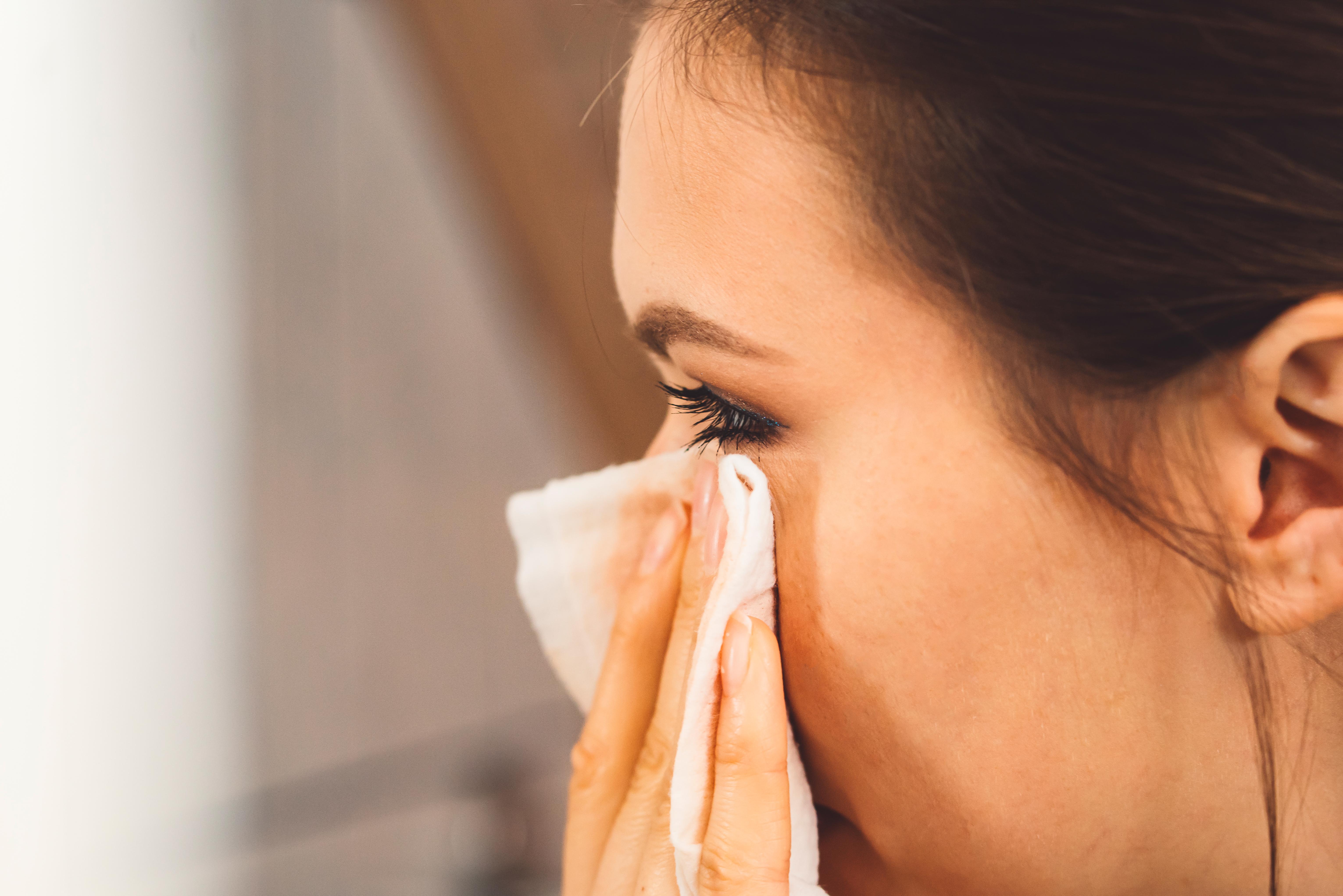
It is essential for individuals with blepharitis to practice good eyelid hygiene. When they do so, they can manage their condition more effectively. Good eyelid hygiene is often sufficient as a standalone blepharitis treatment. Even if it is not enough, it does make others more effective and tolerable. Good eyelid hygiene includes keeping them clean. Individuals can start doing this by soaking a clean washcloth in warm water and wringing it out so that it is damp. They should then put the washcloth over their eyes, and thus their eyelids, and leave it there for a few minutes. After these few minutes have passed, individuals need to rub their eyelids gently with the washcloth and then take it off. They can repeat this process once a day to support their other blepharitis treatments.
7. Intense Pulsed Light
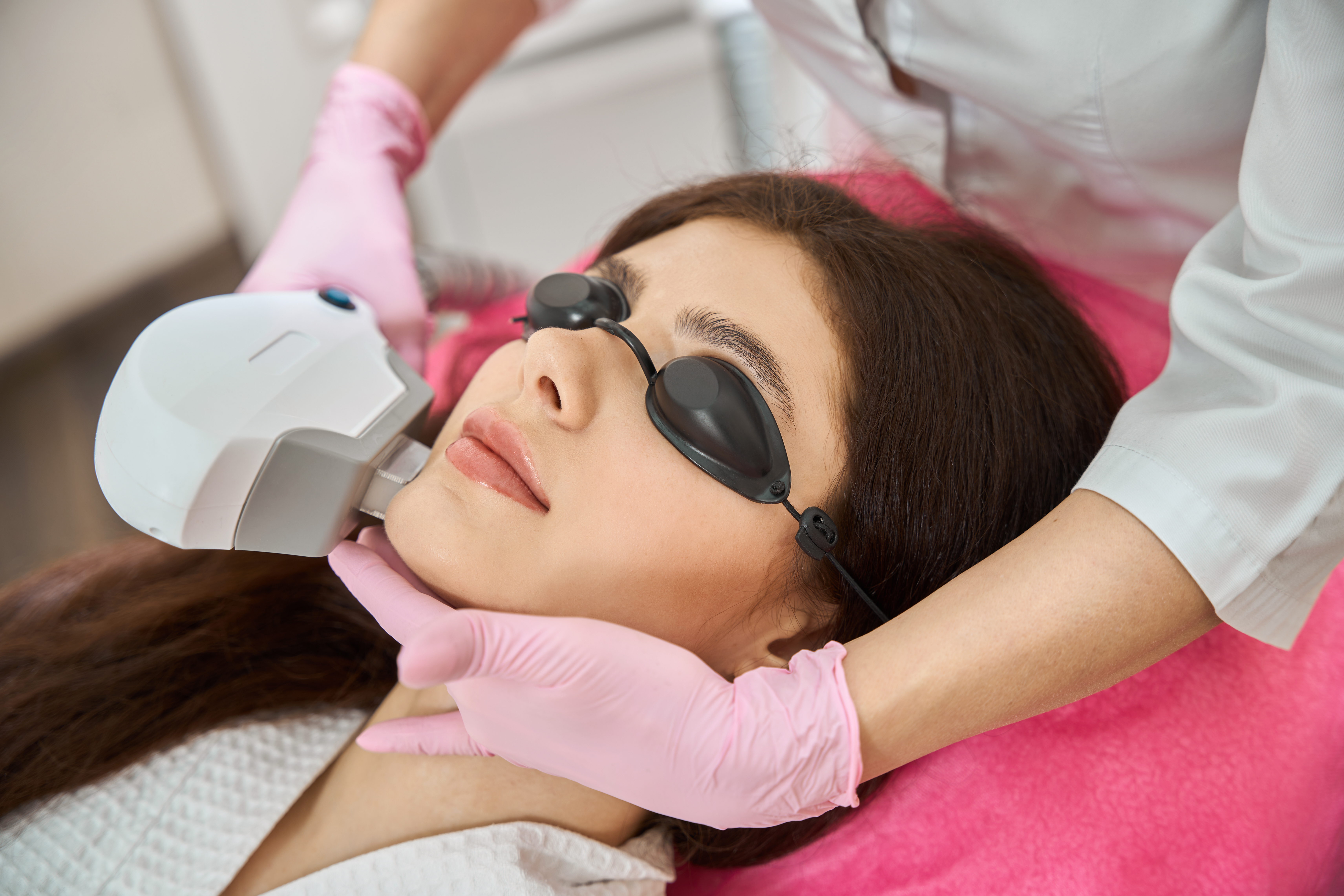
Intense pulsed light therapy was primarily considered a treatment for skin conditions, including rosacea. However, research has shown that it is also quite helpful for a patient's eyes, including if they have blepharitis. In fact, patients can experience some benefits in one or two sessions, though many need four to five in total. The reason is that intense pulsed light helps unclog a patient's oil glands and improve the overall health of their meibomian glands. This therapy uses a range of wavelengths to deliver the treatment. Doctors will select an appropriate filter and warm the patient's skin so that the affected blood vessels and other portions can close and heal. Of course, patients must be safe and comfortable during the treatment. This is why the doctor will apply a topical anesthetic and provide the patient with a cover for their eyes before the treatment begins.
8. Eyelid Massage
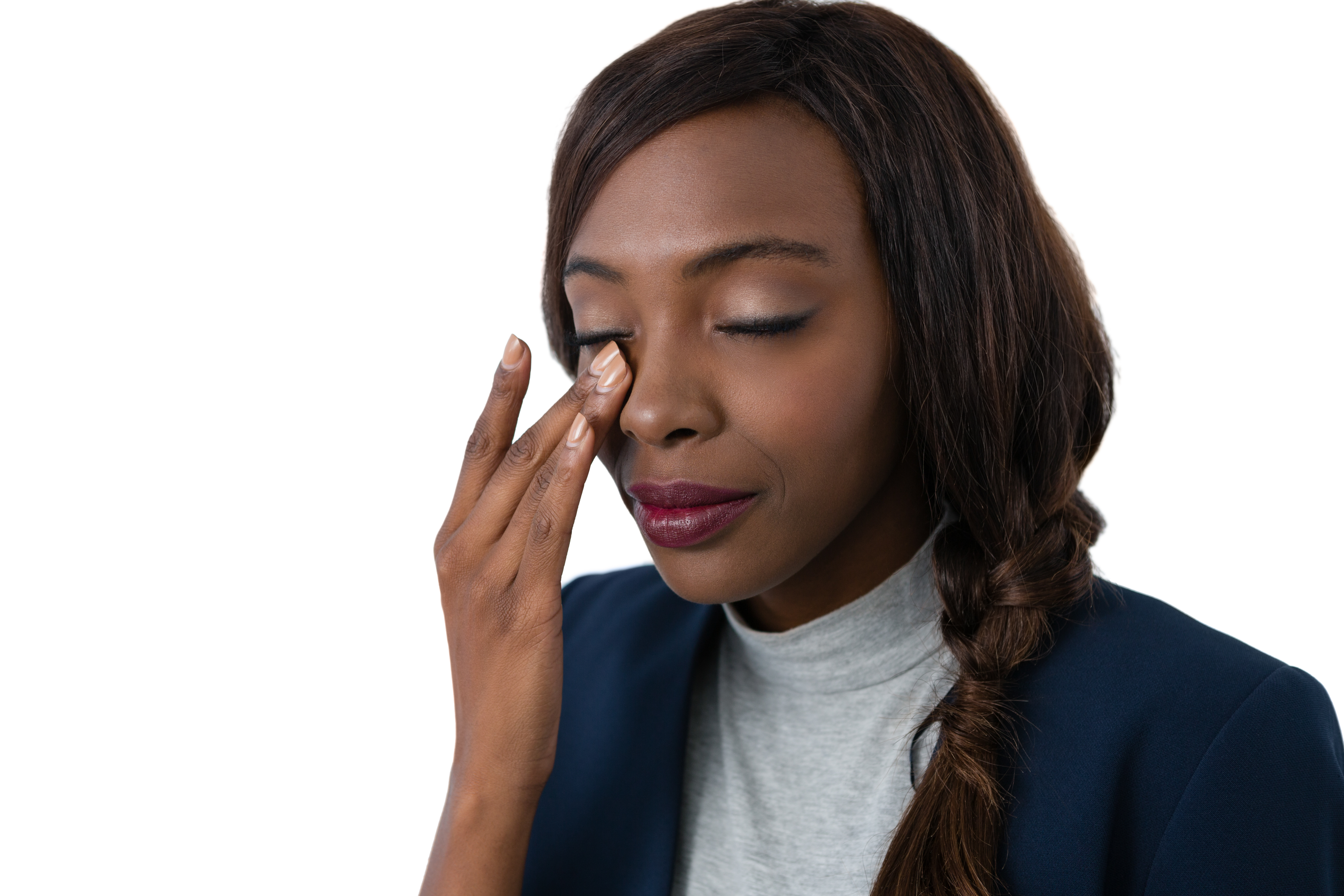
Some patients will find that eyelid massage is an effective natural treatment for blepharitis. It is an excellent addition to practicing good eyelid hygiene. Eyelid massage helps because it ensures patients can push the oily fluid in their meibomian glands out. This is part of what can trigger blepharitis. Patients need to place a finger or two on each eyelid when their eyes are closed and massage gently, but not in a circular motion. Instead, they need to move their fingers gently towards the edge of their eyelids. This is what should allow the oil to emerge from the glands and away from their eyes. Repeating the massage five to ten times in one session daily is quite helpful.
9. Consider A Special Shampoo

Blepharitis patients should also consider a special shampoo to help treat their condition. In some cases, this will be as simple as using a cotton swab and water to apply a baby shampoo to their eyelids to clean them. However, dandruff can contribute to a patient's blepharitis. These patients should consider a dandruff shampoo to relieve their symptoms, though they should take care to avoid getting any of that shampoo in their eyes. Some patients may find that tea tree oil shampoo is also helpful to clean their eyelids gently and get rid of mites, thus relieving their blepharitis symptoms.
10. Omega-3 Fatty Acids

Adding omega-3 fatty acids to your diet can provide significant benefits for managing blepharitis. These essential fats are known to support overall eye health by reducing inflammation and promoting the healthy function of the meibomian glands, which produce the oil that lubricates the eyes. A diet rich in omega-3s may help prevent the gland dysfunction that often contributes to blepharitis flare-ups. Excellent dietary sources of omega-3 fatty acids include fatty fish such as salmon, mackerel, and sardines, as well as flaxseeds, chia seeds, and walnuts. If dietary adjustments are challenging, omega-3 supplements, such as fish oil or flaxseed oil, can also provide an effective boost. Studies suggest that consistent consumption of omega-3s can reduce dry eye symptoms, inflammation, and discomfort, offering an additional layer of support for managing blepharitis.
11. Probiotics for Eye Health

Probiotics, widely known for their gut health benefits, can also play a role in managing blepharitis. Emerging research suggests that maintaining a balanced gut microbiome can positively influence overall inflammation levels, including in the eyes. Some studies have linked certain bacterial imbalances to chronic inflammatory conditions like blepharitis. Consuming probiotic-rich foods like yogurt, kefir, sauerkraut, or taking a high-quality probiotic supplement may help regulate the immune response and reduce inflammation. Probiotics work indirectly by strengthening the immune system, minimizing flare-ups, and supporting your body's ability to heal itself. Including probiotics in your daily routine is a natural way to complement other blepharitis treatments while promoting overall health.
Taking Control of Blepharitis: Your Path to Relief
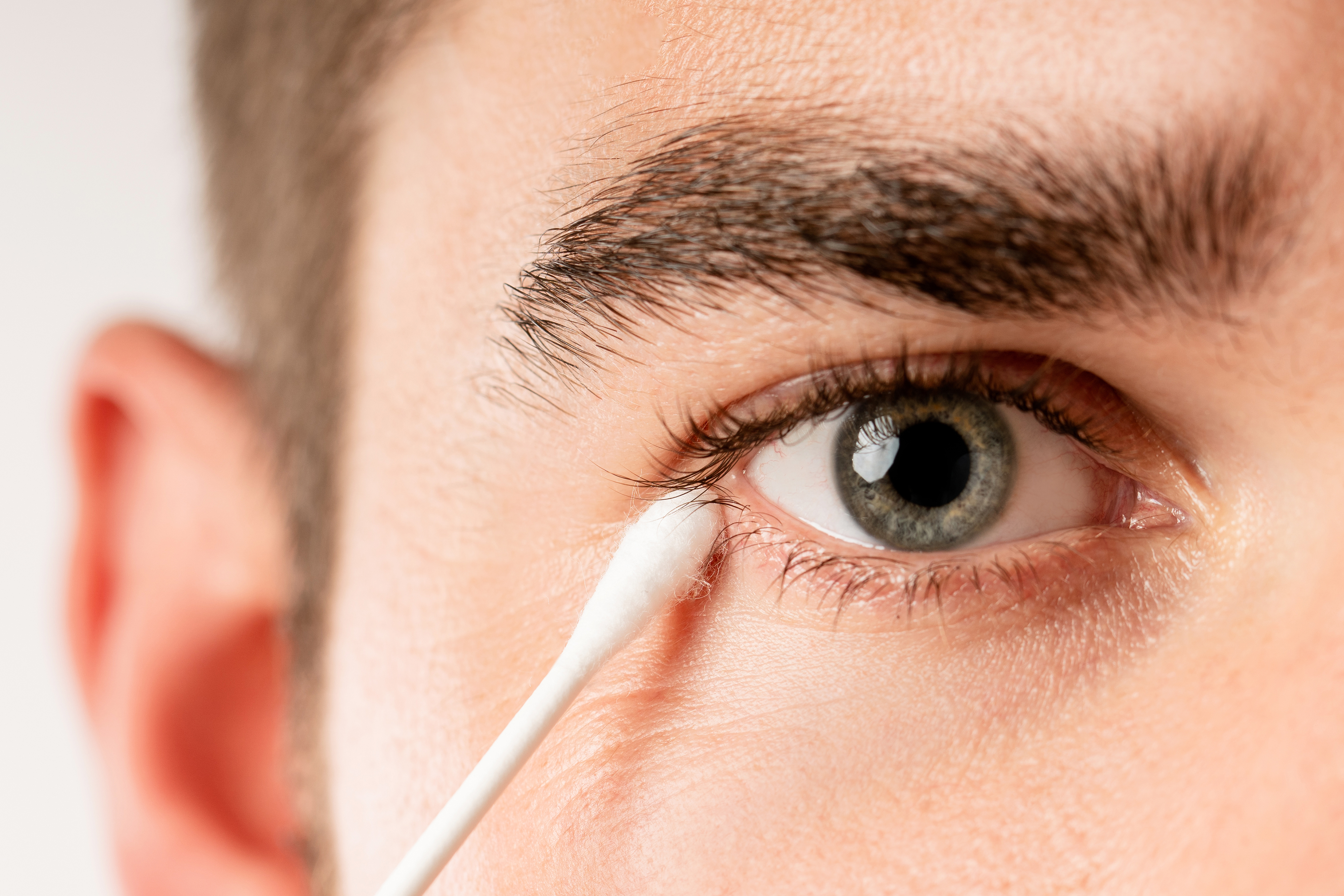
Living with blepharitis can be uncomfortable and frustrating, but understanding your treatment options is the first step toward effective management and long-term relief. By addressing the root causes, maintaining good eyelid hygiene, and utilizing prescribed treatments like ointments, eye drops, or anti-inflammatory medications, you can significantly reduce symptoms and improve your quality of life. Consistency is key, as blepharitis often requires ongoing care to keep symptoms in check. This expanded list of 11 strategies highlights a range of options to tailor treatment to your specific needs, whether through professional medical guidance or simple lifestyle adjustments. Remember, early intervention and diligent self-care can make a world of difference. By staying informed and proactive, you can take control of blepharitis, minimize its impact, and focus on living comfortably and confidently. Always consult your doctor to determine the best treatment plan for your condition.
